China’s agricultural sector is pioneering climate-resilient farming through advanced drones designed to tackle extreme weather, resource scarcity, and shifting climate patterns. These drones are not only safeguarding harvests in droughts, floods, and heatwaves but also setting a global standard for adaptive farming in the face of climate change. This article explores how China’s innovation in weather-adaptive drones is securing food security and sustainability.
—
The Growing Threat of Climate Extremes
Rising temperatures, erratic rainfall, and frequent extreme weather events are reshaping China’s agricultural landscape:
– Droughts in the North China Plain threaten wheat and maize yields, with soil moisture levels dropping 20% in some regions.
– Typhoons in coastal provinces like Guangdong destroy 15–20% of vegetable and fruit crops annually.
– Frost damage in Southwest China disrupts tea and lychee production, costing farmers millions yearly.
Traditional farming methods struggle to adapt. Weather-adaptive drones now offer a proactive solution.
—
Innovative Drone Technologies for Climate Resilience
Chinese manufacturers are equipping drones with specialized systems to counter climate challenges:
1. Hyperlocal Weather Forecasting
Drones sync with national meteorological satellites to adjust flight paths and spray schedules in real time, avoiding operations during storms or extreme heat.
2. Soil Moisture Sensors
Onboard sensors detect subsurface moisture levels, enabling precise irrigation-drip drone systems that cut water use by 40% in arid regions like Xinjiang.
3. Frost Mitigation Pods
Drones in tea-growing regions release anti-frost gels during cold snaps, protecting blossoms and boosting yields by 25%.
4. Flood-Resistant Design
Waterproof drones with reinforced rotors operate in monsoon-hit fields, applying flood-resistant crop treatments to prevent root rot.
—
Revolutionizing Farming Practices Nationwide
Drones are deployed across diverse climates and crops:
– Xinjiang Cotton Farms: Drones with thermal imaging monitor drought stress, activating drip-irrigation drones to stabilize yields during sandstorms.
– Hainan Tropical Orchards: Typhoon-proof drones apply organic fungicides before storms, preventing fungal outbreaks that once wiped out 30% of crops.
– Jiangxi Rice Basins: AI drones predict frost risks using soil and weather data, deploying anti-frost treatments during vulnerable nights.
—
Policy and Infrastructure Support
China’s government is prioritizing climate-adaptive drone adoption through:
– National Climate-Smart Agriculture Fund: Subsidies for drones equipped with weather-resilient tech, driving a 600% increase in rural uptake since 2022.
– Disaster-Resilient Drone Networks: Deploying 10,000 drones in flood-prone regions to monitor and treat crops 24/7 during monsoon seasons.
– Farmer Resilience Training: Online programs teaching climate adaptation strategies via drone data analytics, reaching 5 million users in 2023.
These efforts have made China a global leader, with 58% of the world’s climate-adaptive drones now produced domestically.
—
Environmental and Economic Impact
Chinese drones prioritize sustainability and profitability in equal measure:
– Water Security: Smart irrigation drones conserve 1.2 billion cubic meters of water annually—equivalent to filling 480,000 Olympic pools.
– Carbon Reduction: Drones using bio-degradable anti-frost gels cut chemical runoff by 60%, protecting wetlands and aquifers.
– Income Stability: Farmers report 30% higher profits due to reduced crop losses during extreme weather events.
—
Future Trends Shaping Climate-Resilient Farming
1. AI-Powered Climate Prediction
Machine learning models forecast extreme weather 14 days in advance, enabling preemptive drone interventions.
2. Self-Repairing Drones
Nanotechnology coatings enable drones to withstand hailstorms and sandstorms, reducing maintenance costs by 50%.
3. Global Climate Partnerships
Drones now comply with UN Food Systems Resilience Frameworks, unlocking export markets in Africa and Southeast Asia.
—
Conclusion: Pioneering a Future of Adaptive Agriculture
China’s climate-resilient drones exemplify how technology can turn agricultural vulnerability into strength. By merging real-time data, adaptive engineering, and policy foresight, these drones offer a scalable blueprint for nations battling climate change. For farmers and agribusinesses, adopting this tech isn’t just an upgrade—it’s a lifeline to secure harvests and thrive in an uncertain climate.
—
Secure Your Harvest with Climate-Smart Drones
Discover how adaptive drones can protect your crops, conserve resources, and future-proof your farm against climate extremes.
THE END


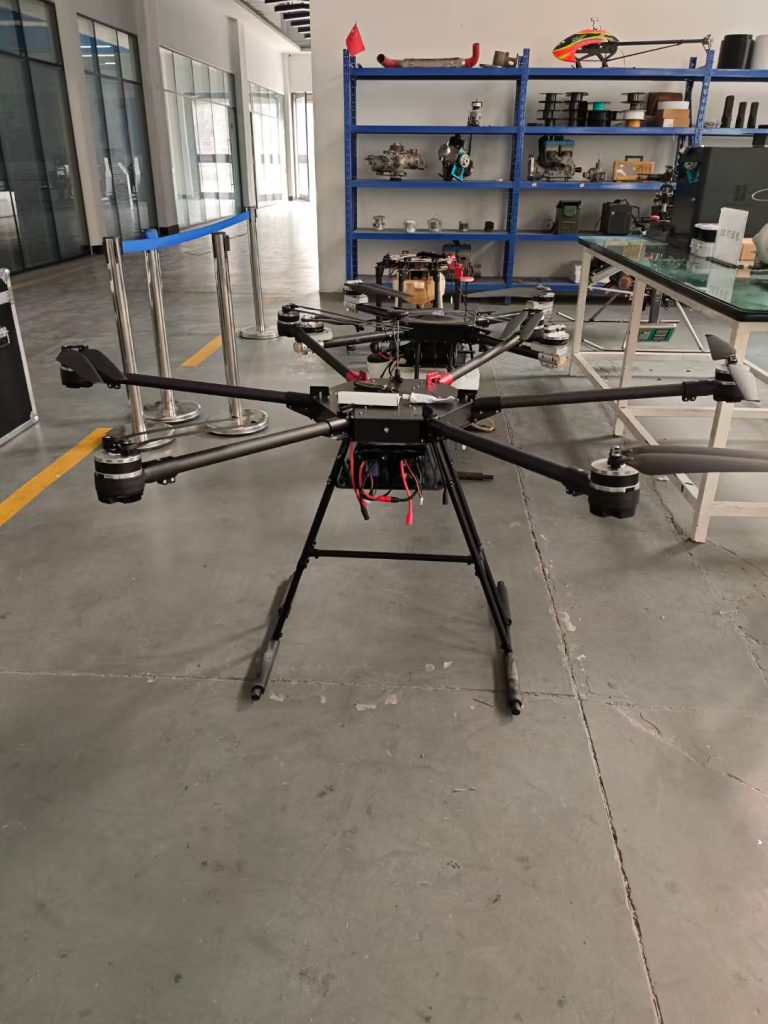
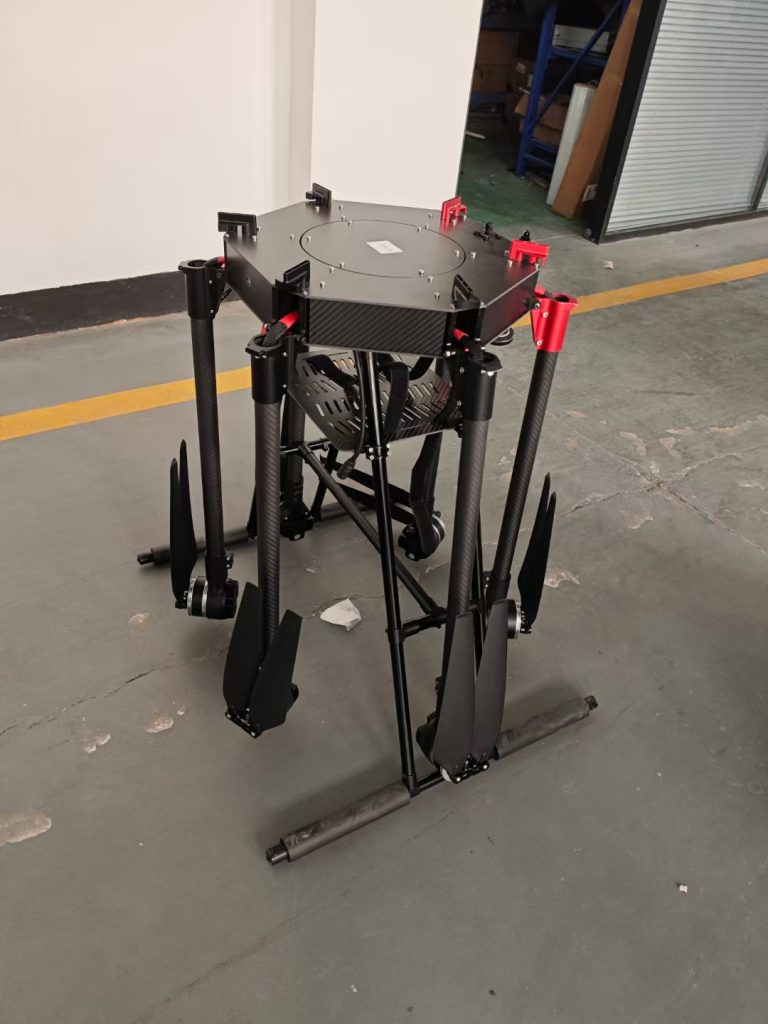
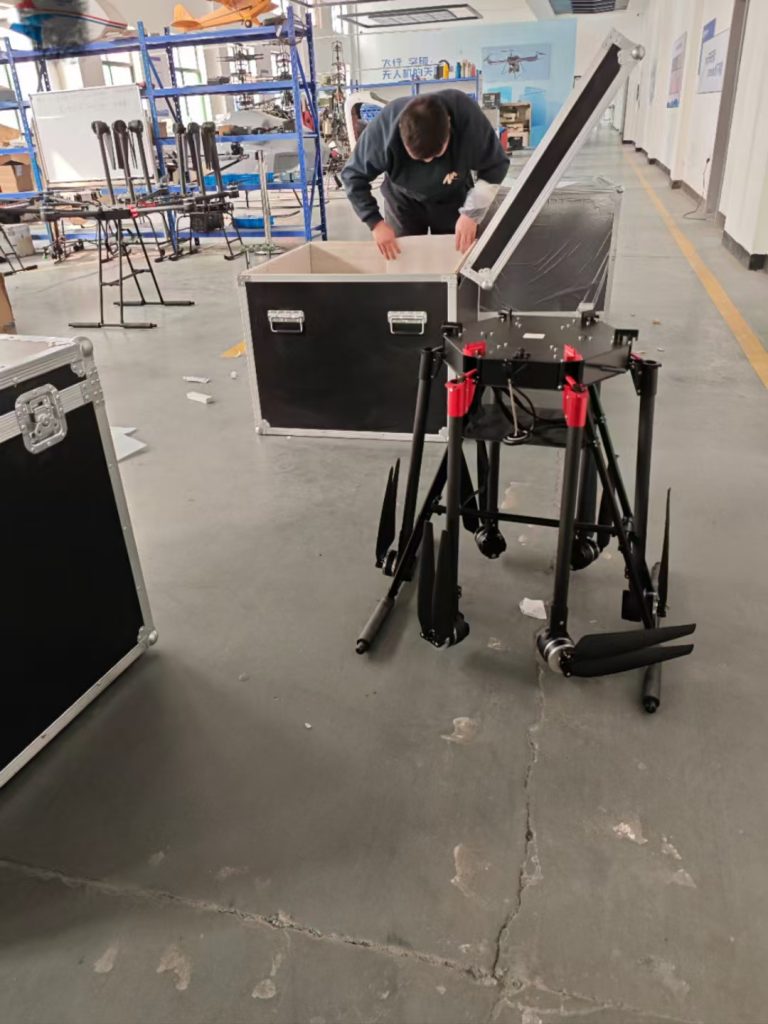
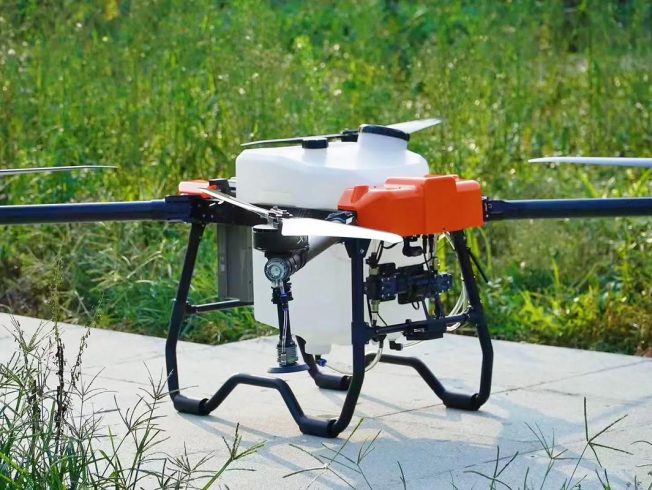

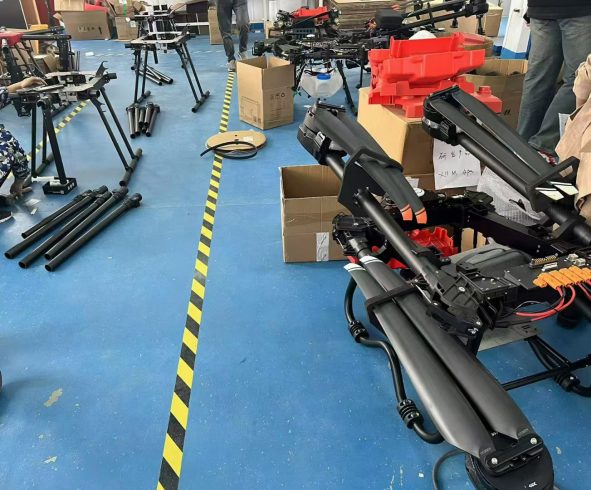




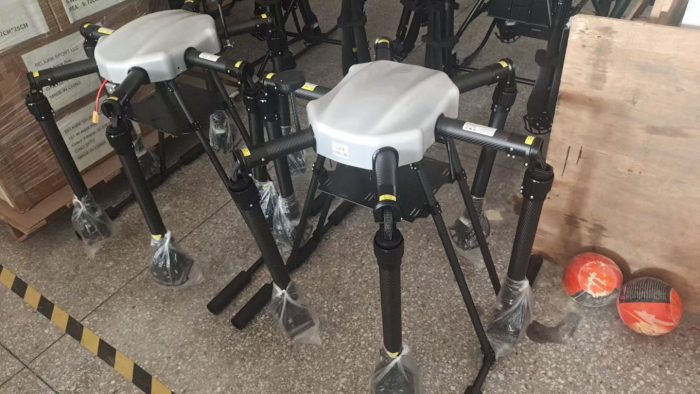



暂无评论内容